MAN
The tablecloth is sucessfully spread if it covers the table top
Cloth manipulation is a challenging task that, despite its importance, has received relatively little attention compared to rigid object manipulation. In this paper, we provide three benchmarks for evaluation and comparison of different approaches towards three basic tasks in cloth manipulation: spreading a tablecloth over a table, folding a towel, and dressing. The tasks can be executed on any bimanual robotic platform and the objects involved in the tasks are standardized and easy to acquire. We provide several complexity levels for each task, and describe the quality measures to evaluate task execution. Furthermore, we provide baseline solutions for all the tasks and evaluate them according to the proposed metrics.
Download PaperDownload Bimanual Cloth Manipulation Benchmarks Resources
This task consists in taking a tablecloth and spreading it on a table.
Tablecloth spreading provides four possible starting configurations using a defined tablecloth
This task consists in taking a towel and folding it.
Towel folding provides four possible starting configurations using two different sized towels for up to three folds
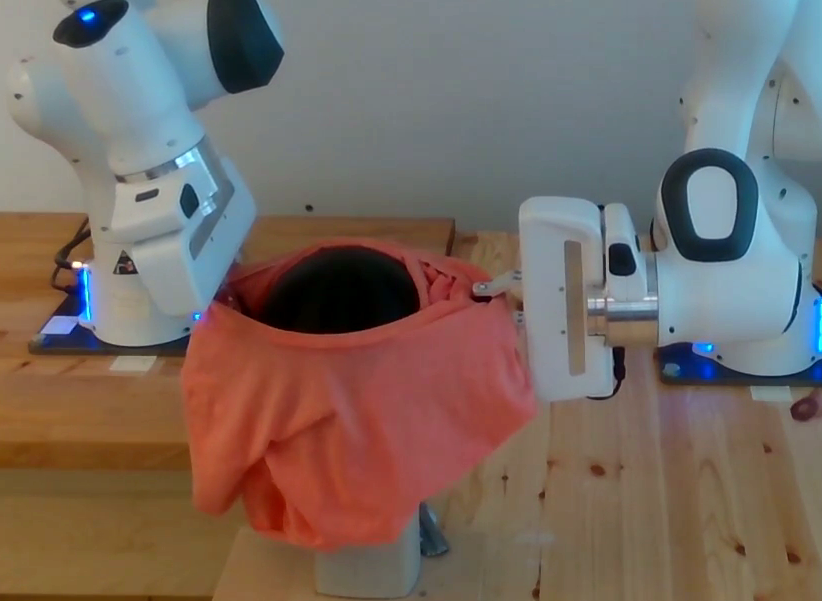
This task consists in putting a T-shirt over a simple head model.
Partial dressing provides five possible starting configurations using two different sized heads depending on the T-shirt size
The scoring considers the following list of performance metrics: success of each phase, execution time, force measures and quality measures
The tablecloth is sucessfully spread if it covers the table top
Grasping is maintained during the manipulation phase.
Grasping is maintained during the manipulation phase.
The towel is successfully folded if one fold has been done
Grasping is maintained during the manipulation phase.
Grasping is maintained during the manipulation phase.
The T-shirt is successfully dressed when the neck hole of it is put over the head and the entirety of the T-shirt lies below the head.
Grasping is maintained during the manipulation phase.
Grasping is maintained during the manipulation phase.
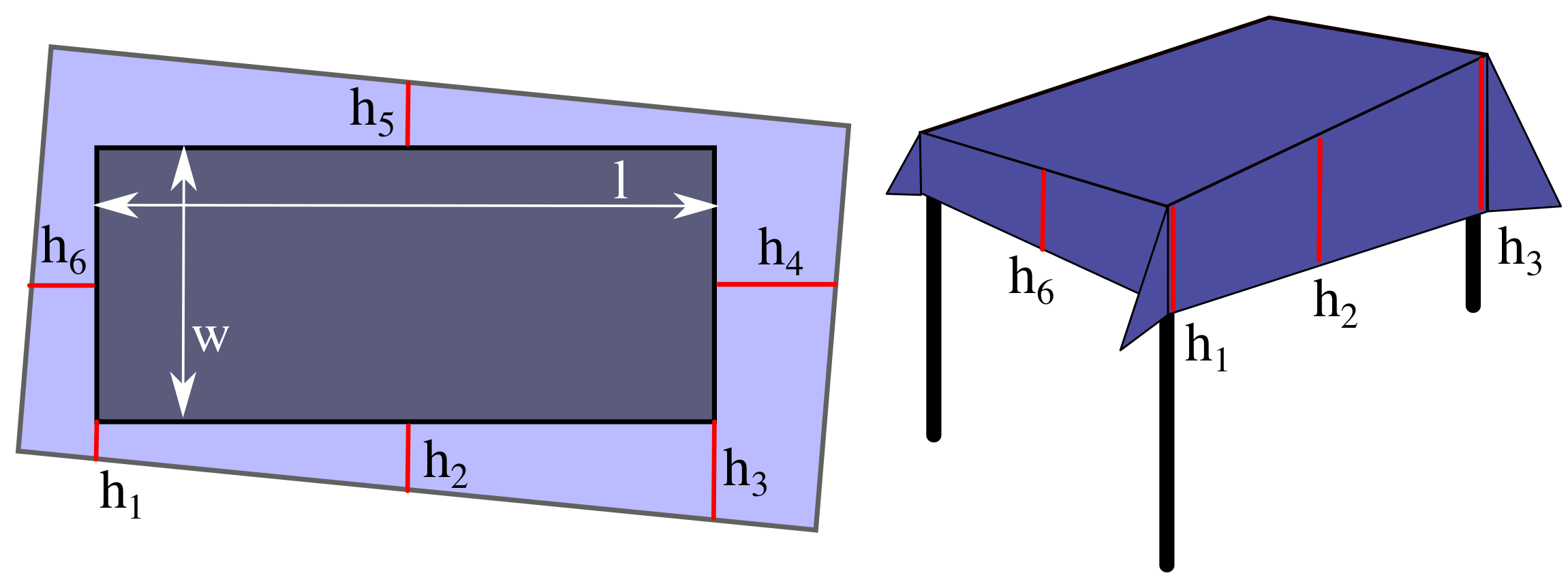
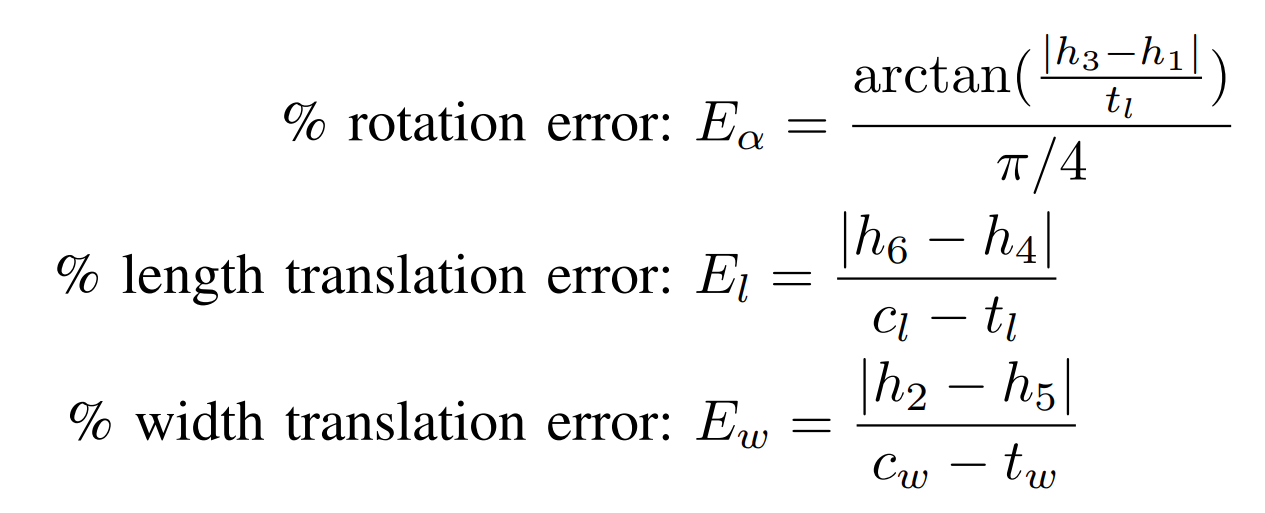
These measures of error can only be applied if the task has been finished with success. A 100% rotation error occurs when the tablecloth is rotated π/4 radians. The maximum translation error occurs when one of the hanging parts is zero, meaning the table is almost uncovered

where Af is the final area of the cloth from the top view, and Ai is the initial area of the cloth. Assuming Af will always be smaller than Ai, 100% error occurs when Ai = Af , but also if Af is less than half of Ai, which can only happen if there are wrinkles or extra folds.
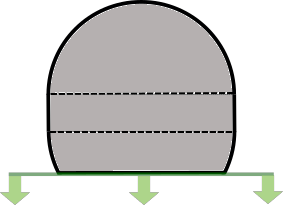
The dressing task is binary and is accomplished when the neck hole of the T-shirt is put over the head and the entirety of the T-shirt lies below the head.
The execution time and force measures are identical for each task.
Execution time: The execution time comprises the times needed for all the phases. It starts when the first robot moves.
Force measures: Force measures quantify the interaction between the robots and the environment; they are only acquired during phase [MAN] and minimum, maximum and average norms at the end effectors are considered. Note that, in order to not limit the possibility of using the benchmark, force measures are not mandatory but are highly encouraged especially in dressing tasks, where monitoring of exerted forces on the head represents a key feature
The final scoring is done in the following reporting tables:
Download all scoring sheetsProtocol and benchmark documents as well as a list of needed objects can be found here:
Download Task 1: spreading a tablecloth protocol v1.0 (RAL-SI-2020-P19-0832_1-V1.0)
Download Task 2: folding a towel protocol v1.0 (RAL-SI-2020-P19-0832_2-V1.0)
Download Task 3: partial dressing protocol v1.0 (RAL-SI-2020-P19-0832_3-V1.0)
Download Task 1: spreading a tablecloth benchmark v1.0 (RAL-SI-2020-B19-0832_1-V1.0)
Download Task 2: folding a towel benchmark v1.0 (RAL-SI-2020-B19-0832_2-V1.0)
Download Task 3: Partial dressing benchmark v1.0 (RAL-SI-2020-B19-0832_3-V1.0)
Table:

Any table in the allowed range. Example is RYDEBÄCK from IKEA
Tablecloth:
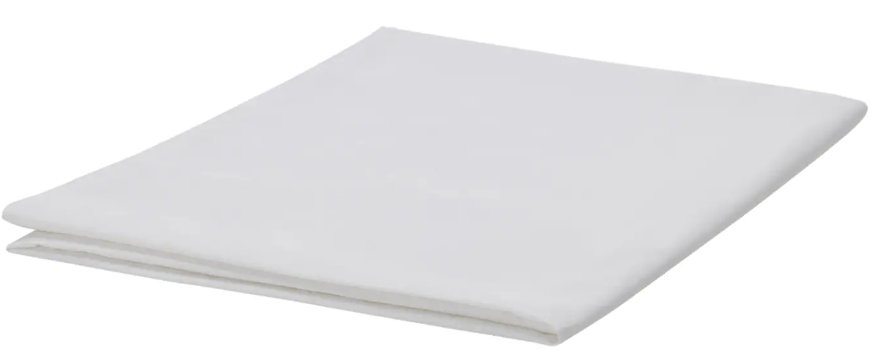
IKEA tablecloth FULLKOMLIG 145x240 cm
Small towel:
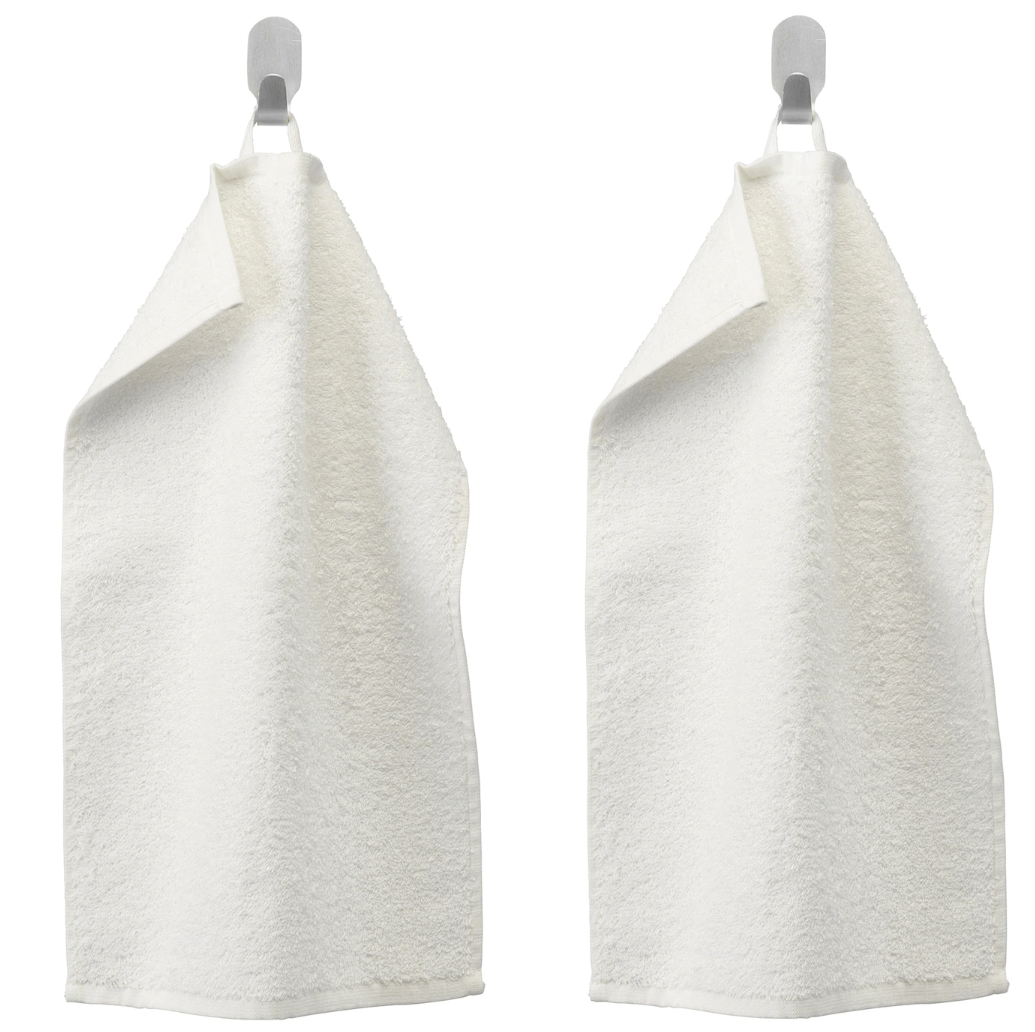
IKEA towel HÄREN 30x50 cm or 30x30 cm
Big towel:
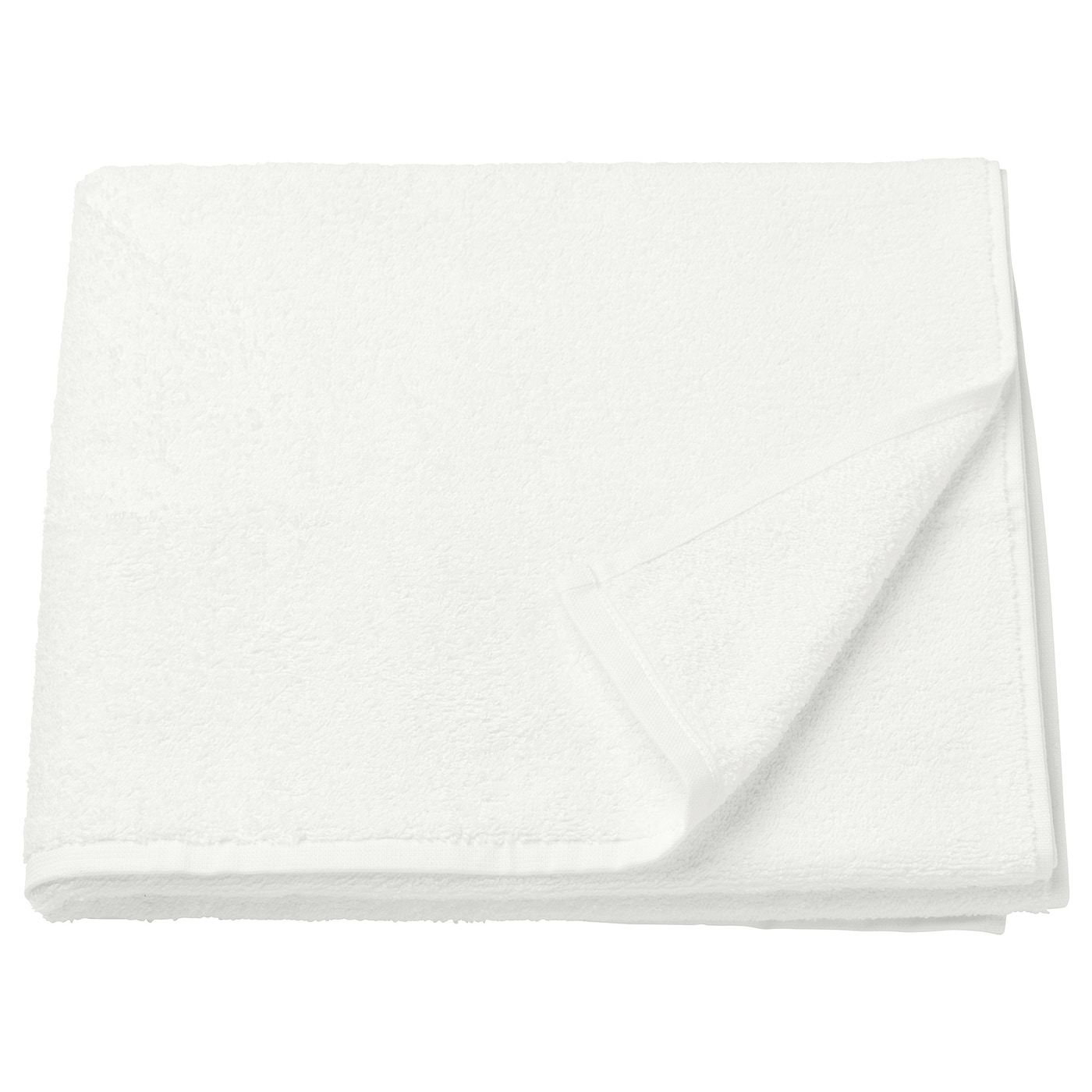
IKEA towel HÄREN 50x100 cm or 40x70 cm
T-shirt:
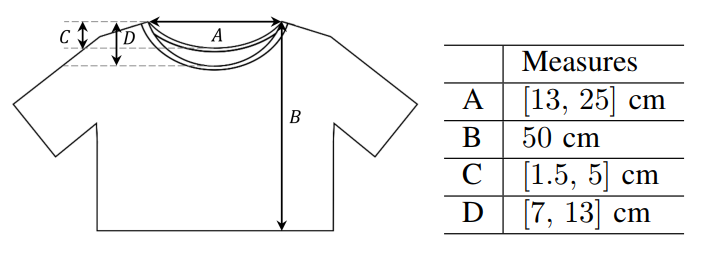
Any T-shirt in the specified range. For example sizes S-XL of the YCB-T-shirt
Big and small head:
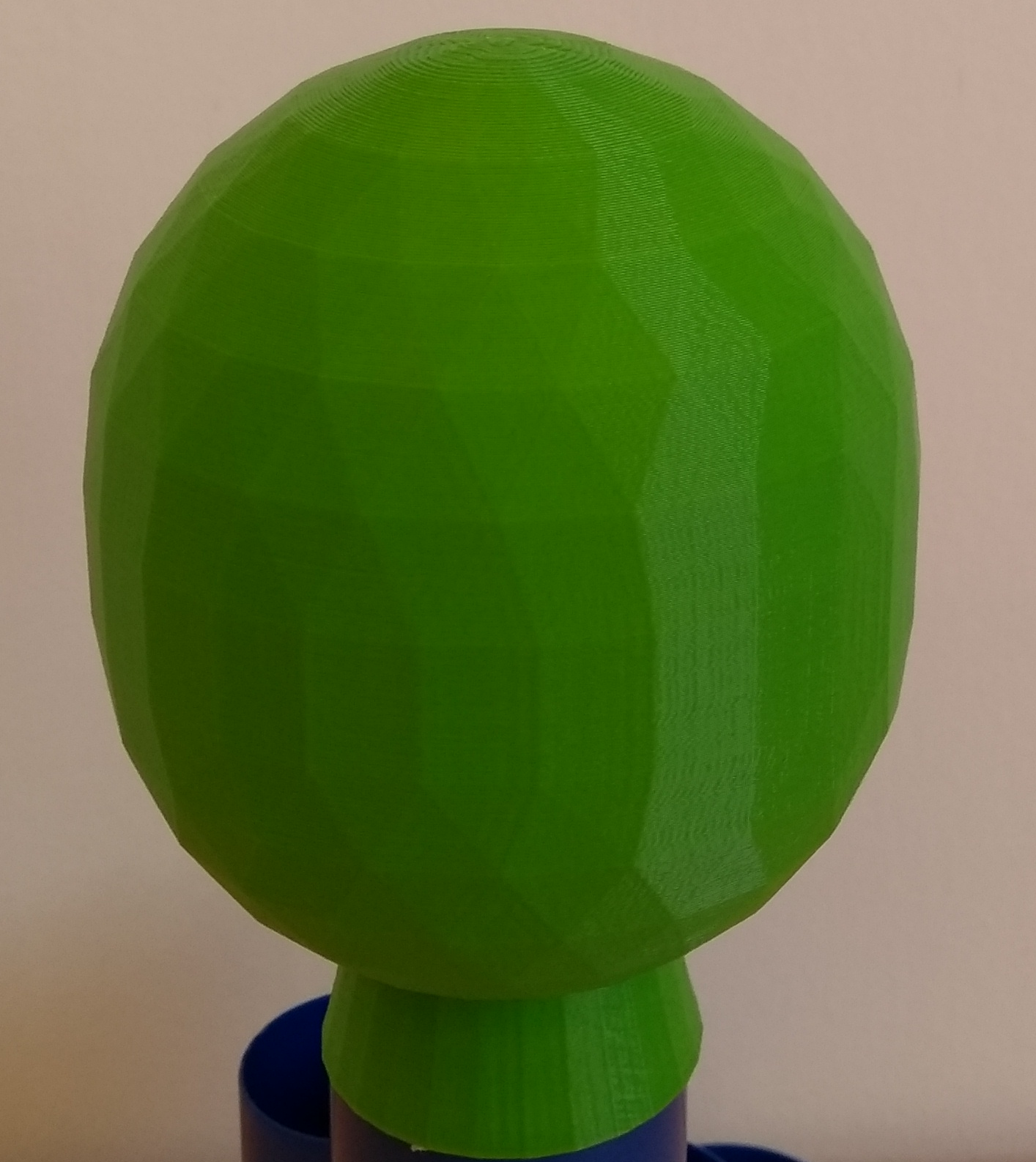
Use the Freecad and the provided script generate_head_stls.py. Edit the measurements and run: freecadcmd generate_head_stls.py
To showcase how the presented Benchmark should be used and promote comparison of different methods we describe our own systems tackling the Benchmark.
The solution for [GR1] to unfold the tablecloth is to grasp the first grasping point and pull the cloth up. The solution for [GR2] is to grasp a point on the edge of the cloth next to the first hand and trace the edge until the corner at the end of the edge is reached. This implies slipping the cloth inside the gripper without loosing it. Each grasp is performed by a different TIAGo robot, and after they have the tablecloth grasped, they move across the table to spread the tablecloth on the table.
Download Benchmark 1: complete scoring sheet
View Benchmark 1: execution videos
Download Benchmark 1: comments on solution
For the task of folding a towel, we use the same robotic system as in the previous task and we consider the big towel ( [bt] ) with measures 0.5×1 m. The two mobile manipulators are placed at different sides of the table where the towel is to be folded. We just report the [MAN] phase, as this is the most different phase compared to benchmark 1. Thus, we start with the two corners already grasped, and we then perform the folding motion. For the folding strategy, we only focus on the first fold and we use a Dynamic Movement Primitives (DMP) representation of the motion for each robot learned by demonstration, and execute both trajectories in synchronization. The size of the towel and the localization of the robot with respect to the table are assumed to be known.
Download Benchmark 2: complete scoring sheet
View Benchmark 2: execution videos
Download Benchmark 2: comments on solution
For the dressing task, we propose a human inspired solution based on a vision/force-feedback informed strategy with hand-tuned hyperparameters. Concerning the grasping phases [GR1] and [GR2] , pre- defined grasping poses are selected with initial configurations [pg1] , [cr] , [ft] and [fd] , thus no visual feedback is exploited in these stages. Concerning the manipulation phase [MAN] , the basic idea is to use the visual information to guide the team motion and, at the same time, to perform random wiggling motions which emulate human-like dressing. More specifically, a vision system is designed which splits the top-view circle associated with the head into two halves and measures the free area in each of them. These measures are then exploited to determine in which direction to move the team centroid in such a way that both areas exceed a certain threshold.
Download Benchmark 3: complete scoring sheet
View Benchmark 3: execution videos
Download Benchmark 3: comments on solution